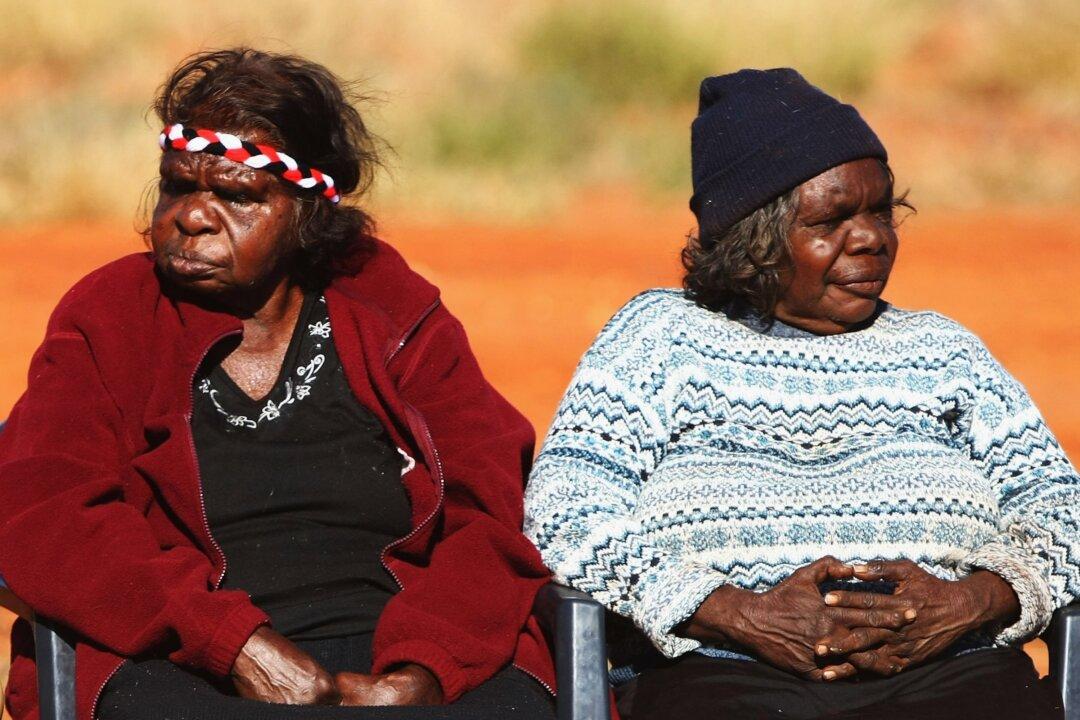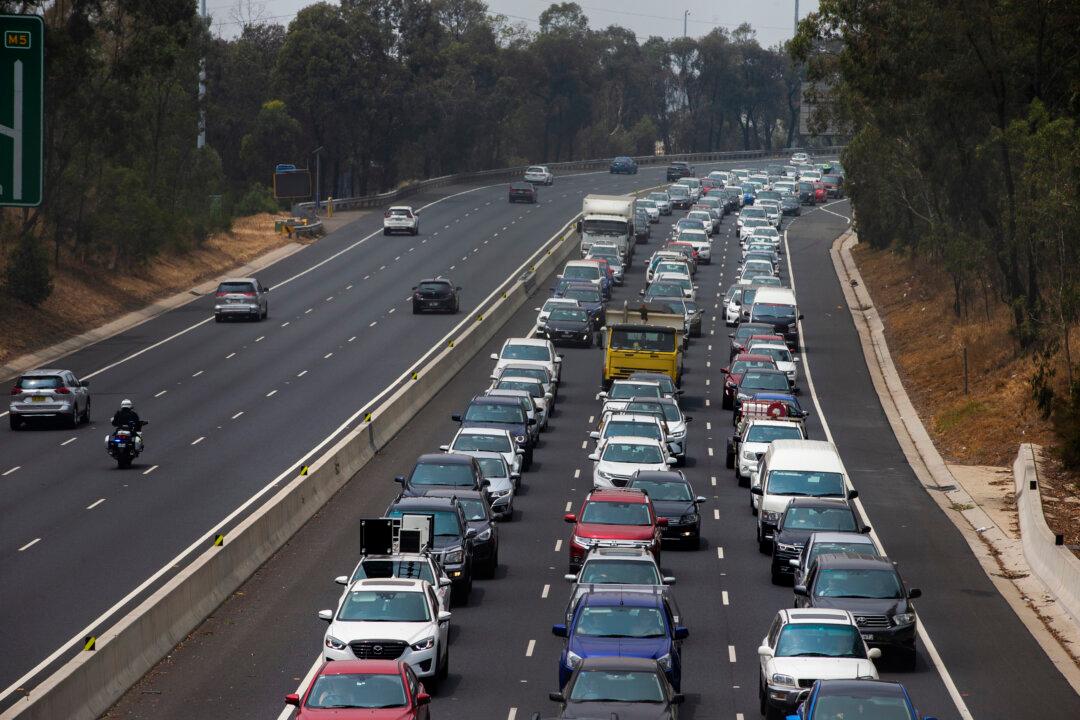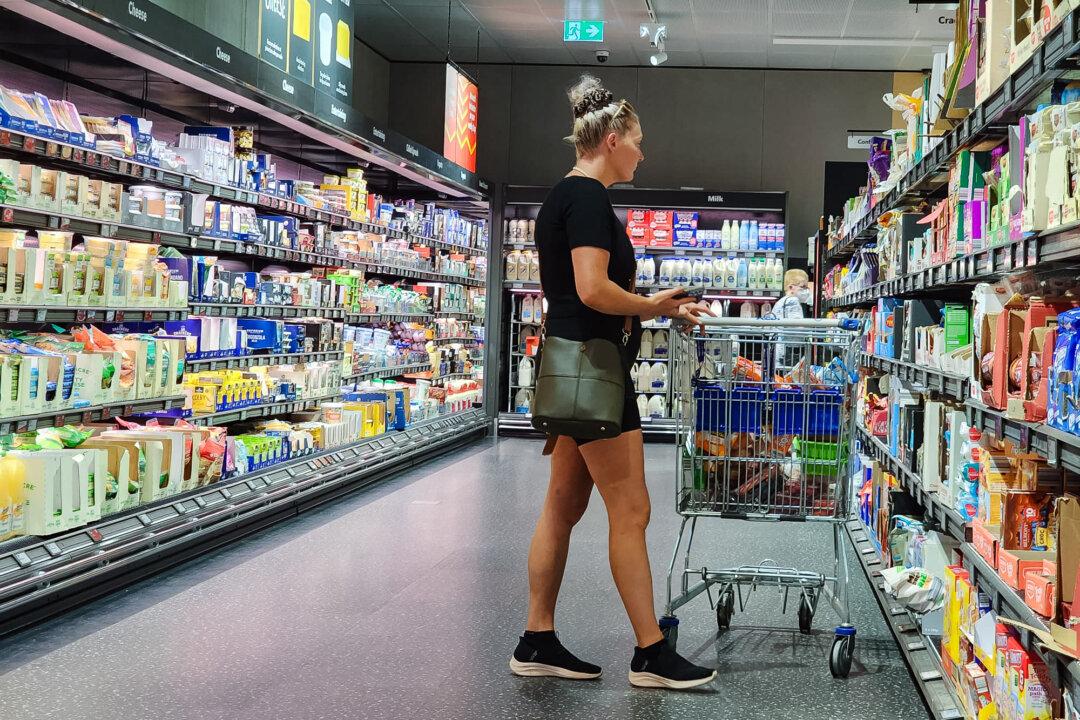A Senate inquiry looking into statistics that show First Nations women are about 12 times more likely than the national average to be murdered heard how victims are falling through the cracks due to failings across the social spectrum.
The inquiry heard from organisations working to combat domestic, family, and sexual violence. It is the latest in a series held across the country, spurned by a 2022 investigation by ABC’s Four Corners that highlighted 315 cases of Indigenous women who were either murdered or disappeared in unexplained circumstances over the past two decades.





